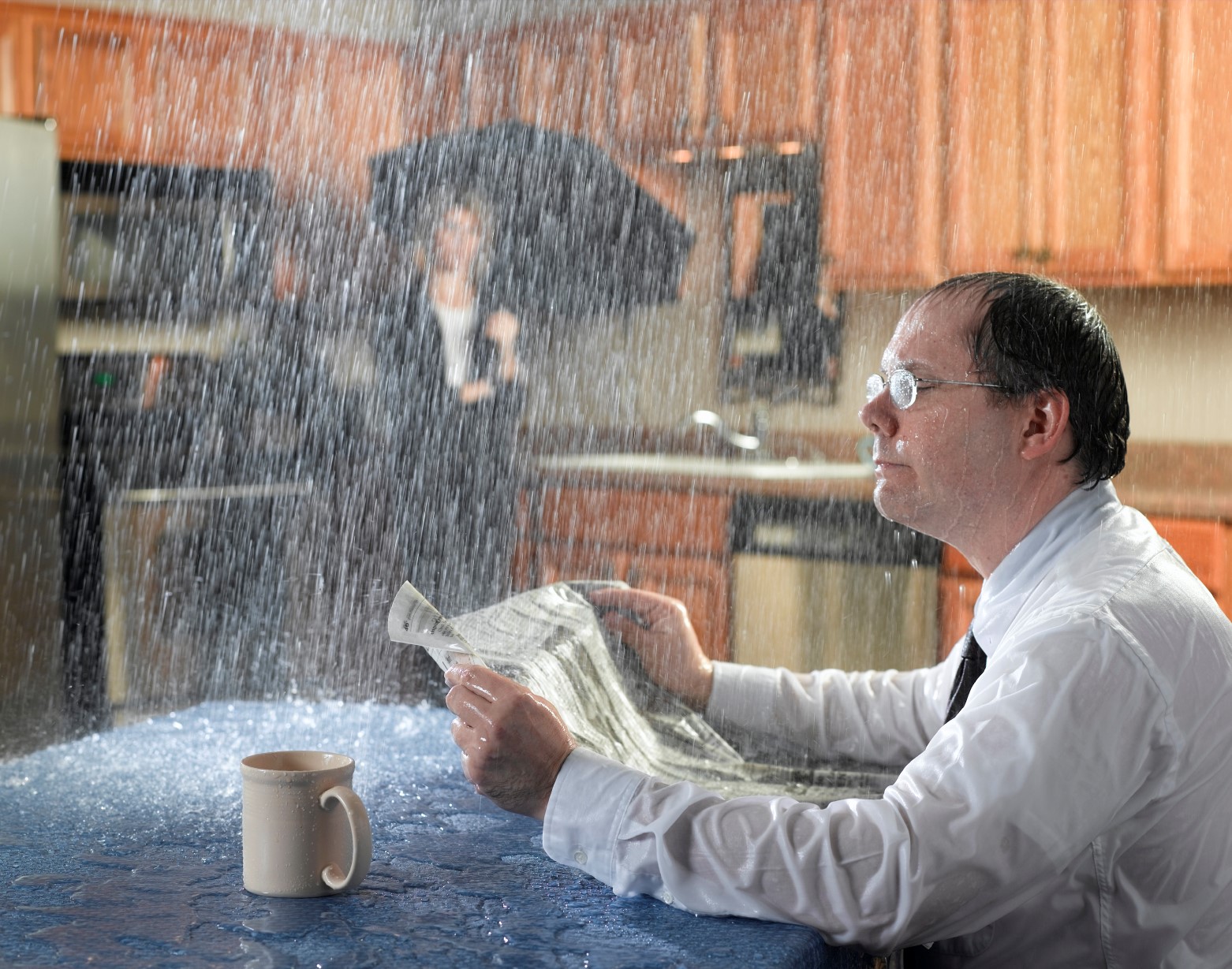Learning About the Six Most Frequent Causes of Water Leaks in Residences
Learning About the Six Most Frequent Causes of Water Leaks in Residences
Blog Article
Nearly everybody may have his or her own thinking on the subject of How to detect water leaks in your home.

Leaks not just cause waste of water however can likewise trigger unnecessary damage to your residence and also advertise undesirable organic growth. By looking and recognizing for day-to-day scenarios that create leaks, you can safeguard your home from future leaks as well as unnecessary damages.
Encroaching roots
Many water leaks start outside the home rather than inside it. You could notice damp spots or sinkholes in your backyard, and that may imply that tree origins are attacking water lines creating water to leak out.
Rusty water supply
This could be the cause of discoloration or warping on your water pipes. If our plumbing system is old, take into consideration changing the pipelines since they are at a greater threat of deterioration than the newer models.
Defective Pipe Joints
Pipeline joints can weaken over time, resulting in water leakages. If you have noisy pipelines that make ticking or banging sounds, particularly when the warm water is turned on, your pipeline joints are probably under a lot of stress.
Instant temperature level adjustments.
Severe temperature level adjustments in our pipelines can cause them to broaden and acquire unexpectedly. This growth and tightening may create splits in the pipelines, particularly if the temperature level are below freezing. It would be best if you watched on exactly how your plumbing functions. The visibility of the formerly pointed out scenarios often indicates a high threat.
Poor Water Connectors
At times, a leakage can be caused by loosened hose pipes and also pipelines that provide your appliances. In situation of a water links leakage, you may notice water running straight from the supply line or pools around your home appliances.
Clogged Drains
Obstructed drains may be frustrating as well as inconveniencing, but they can occasionally end up causing an overflow bring about burst pipes. Maintain getting rid of any type of materials that may go down your drains that might obstruct them to avoid such inconveniences.
All the above are reasons for leakages however not all water leaks arise from plumbing leaks; some leaks may originate from roofing system leaks. All leakages must be fixed promptly to avoid water damage.
Leakages not just create waste of water yet can also trigger unneeded damage to your house as well as advertise undesirable organic development. By looking and also understanding for daily scenarios that trigger leakages, you can secure your residence from future leakages and unnecessary damage. Today, we will look at six leakage creates that might be triggering your pipes to trickle.
At times, a leakage can be created by loosened hoses as well as pipes that provide your devices. In case of a water connections leakage, you might discover water running straight from the supply line or pools around your appliances.
How To Check For Water Leak In Your Home
How To Check for Leaks
The average household's leaks can account for nearly 10,000 gallons of water wasted every year and ten percent of homes have leaks that waste 90 gallons or more per day. Common types of leaks found in the home are worn toilet flappers, dripping faucets, and other leaking valves. These types of leaks are often easy to fix, requiring only a few tools and hardware that can pay for themselves in water savings. Fixing easily corrected household water leaks can save homeowners about 10 percent on their water bills.
To check for leaks in your home, you first need to determine whether you're wasting water and then identify the source of the leak. Here are some tips for finding leaks:
Take a look at your water usage during a colder month, such as January or February. If a family of four exceeds 12,000 gallons per month, there are serious leaks.
Check your water meter before and after a two-hour period when no water is being used. If the meter changes at all, you probably have a leak.
Identify toilet leaks by placing a drop of food coloring in the toilet tank. If any color shows up in the bowl after 10 minutes, you have a leak. (Be sure to flush immediately after the experiment to avoid staining the tank.)
Examine faucet gaskets and pipe fittings for any water on the outside of the pipe to check for surface leaks.
Undetected water leaks can happen without the home or business owner even realizing. If you suspect a water leak, but not able to find the source. It is time to contact a professional water leak detection service, The Leak Doctor.
How To Find a Water Leak In Your Home
https://www.leakdoctor.com/blog/How-To-Check-For-Water-Leak-In-Your-Home_AE197.html

I am very fascinated by Common Water Leaks In House and I hope you enjoyed the entire piece. Loved our entry? Please share it. Let another person discover it. We recognize the value of reading our article about How to detect water leaks in your home.
Visit Page Report this page